Most people who visit Cuba have varying opinions about the food, especially if they’ve stayed at a resort. But I’ve never heard ANYONE had a bad thing about Cuban fruit.
And that’s because it is incredible. They are naturally organic as pesticides are not used in Cuba and farmers have adapted to managing crops in more traditional ways.
Cuba is a hot and humid island where exotic fruits thrive. It’s home to tiny bananas and mangos the size of my head.
I’ve been based here two years and I get SO excited when I see street vendors selling mamey fruit.
PLANNING A TRIP TO CUBA?
30 Cuban Foods to Try
Popular Havana Restaurants
How to Find the Best Cuba Tour
Using Internet in Cuba
Nothing beats tropical fruits. I count down the days for avocado season – they are so much better than the small, rock hard Hass avocados we get in Canada.
And the fruit juice in Cuba! Guanabana is one of my favourites!
I read that Cuba will soon be growing 53 different fruits in Cuba, so this list of 21 Cuban fruit is pretty measly but I’m up for the challenge.
Sadly though, I’m a bit limited in Havana. It’s a major city so it’s not like everyone has fruit trees in their backyards.
I either buy from people selling on street corners so I can go to a agromercado, which is basically a fruits and vegetable market where there are more options.
But if you go to other parts of Cuba you’ll find more variety. Oh how I’d kill to just have my own little lime tree. And fresh oranges? Yes please!
And you’ll want to take this list to Cuba because you’re going to want to try all of them.
Because you may have had mangoes before, but you haven’t had a Cuban mango!
21 Cuban Fruit To Savour
Do the names of these fruits in Cuba sound strange to you? It’s because they are rarely exported.
So if you want to try them you’ll just have to come visit.
Mamey
I’m starting this list of fruits in Cuba with one of my favourites! And I’m not alone here.
It seems that everyone loves mamey and if you are served a pinky orange fruit juice it’s because someone likes you enough to share the best fruit juice in Cuba.
Cubans go crazy for mamey season. And so it’s not surprising to discover that the national fruit of Cuba is mamey.
I’ll be honest, mamey is not one of the best looking Cuban fruit. It’s usually the size of an apple, but softer and a salmon-colour interior.
The Tastiest Mexican Fruit
But the flavour is incredible. I first ate mamey zapote in Mexico and the taste blew me away. It takes almost like a pumpkin or gingery sweet potato.
It’s definitely a fruit but has a spicy flavour almost with vanilla. And it’s one of the most common fruits in Nicaragua.
I just love it.
Mamey Season in Cuba
Winter, it’s most common February through March.
Mamoncillo
Also known as Spanish limes in English, mamoncillo has many different names around the world:
- mamón
- lemoncillo
- quenapa
- genip
- guaya
It resembles a lychee and grows in small bunches. About the size of a gobstopper it isn’t easy to eat.
You open the fruit and then pop the fruit in your mouth to suck the golden peach coloured pulp around the pit.
But this Cuban fruit has incredible citrus flavour and is quite inexpensive to buy a small bag to try.
Mamoncillo Season in Cuba
Summer, they are most common in July and August.
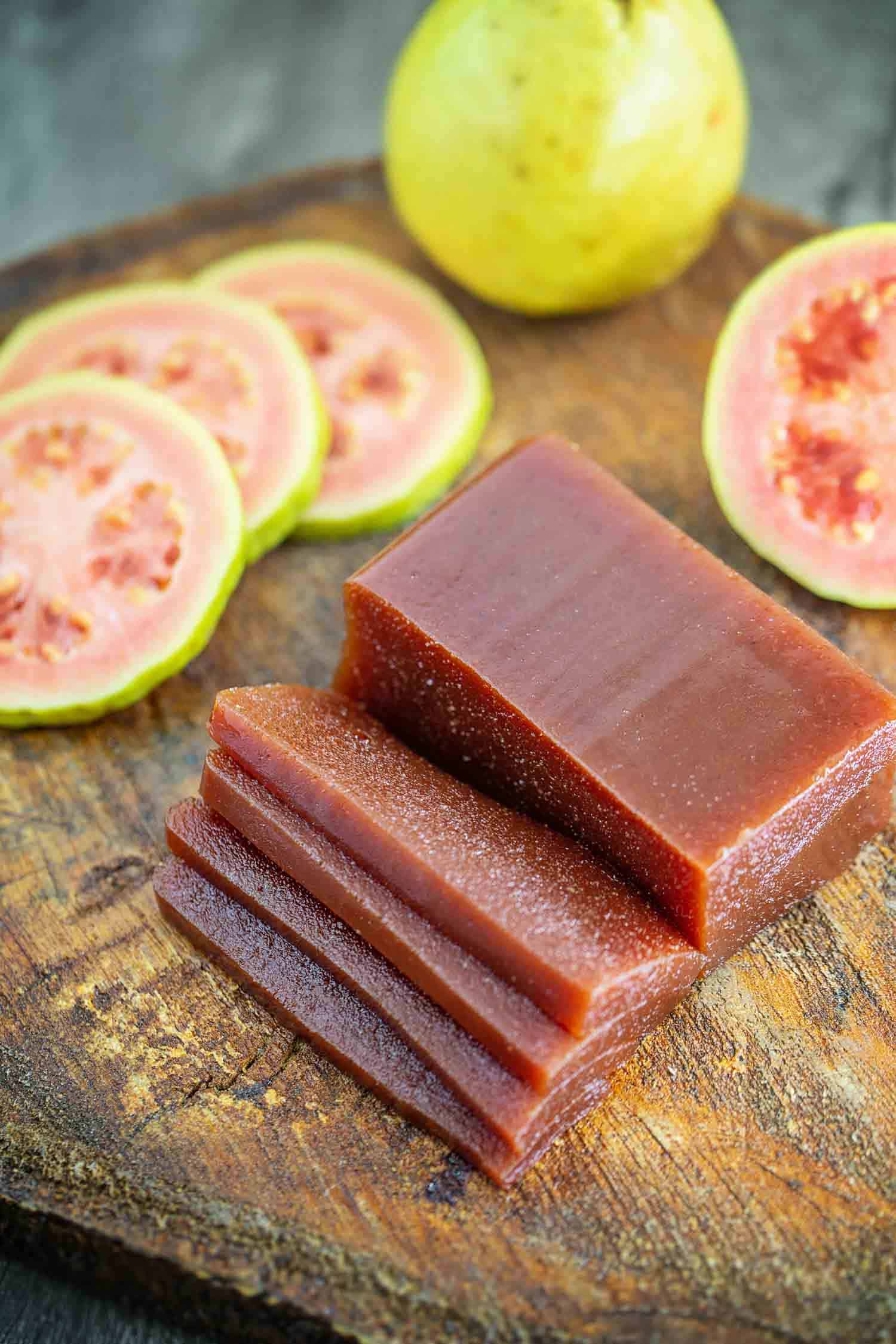
Guava
A very common Cuban fruit, known as guayaba. It’s also a popular Peru fruit. Much of the guava in the city comes from the Ciego de Ávila province.
It is very common to have guava juice served for breakfast. In the right places you can also find guava ice cream.
And guava plays a huge role in Cuban desserts. It is very common to have the guava cheese (above) in desserts.
If you’re going to buy guava split one as it’s a much better ingredient than on its own.
I rarely eat guayaba on its own as the mushy texture with seeds isn’t my favourite.
However, it’s also great to put on some granola and top with yogurt – the granola seems to help the texture issue.
It’s common in South East Asia where it’s a beloved Laos fruit. If you prefer a crunchy guava check out this post on fruits in Malaysia with white guava!
Guava Season in Cuba
November through April.
Frutabomba
I actually cannot stand frutabomba aka papaya in Cuba. It has the texture of butter and sometimes the flavour of stinky feet.
But I was compelled to include it on this list as a warning – do NOT call it papaya.
If you’ve been to other Spanish speaking countries you’ll find that papaya is the same in Spanish.
But it’s called frutabomba in Cuba and you really don’t want to call it papaya or people will laugh at you.
That’s because papaya is a slang term for female genitalia.
So saying you want papaya is pretty funny in a country so sexually charged. You’ll probably get some Cuban men commenting they’d like some too!
Beginners Guide to Cuban Spanish
I actually heard that there’s a tourist restaurant in Havana where “Papaya Pie” is written as a dessert option. And everyone snickers when the poor unsuspecting tourist orders it.
You can also find papaya in South East Asia, it’s a common fruit in Bali but for some reason the varietal there doesn’t taste like soft, stinky feet. So if you hate it here maybe you’ll also like it there?
Papaya Season in Cuba
All year long. Although Spring and Fall have the best fruit – if it’s even possible to have a good frutabomba – blech!
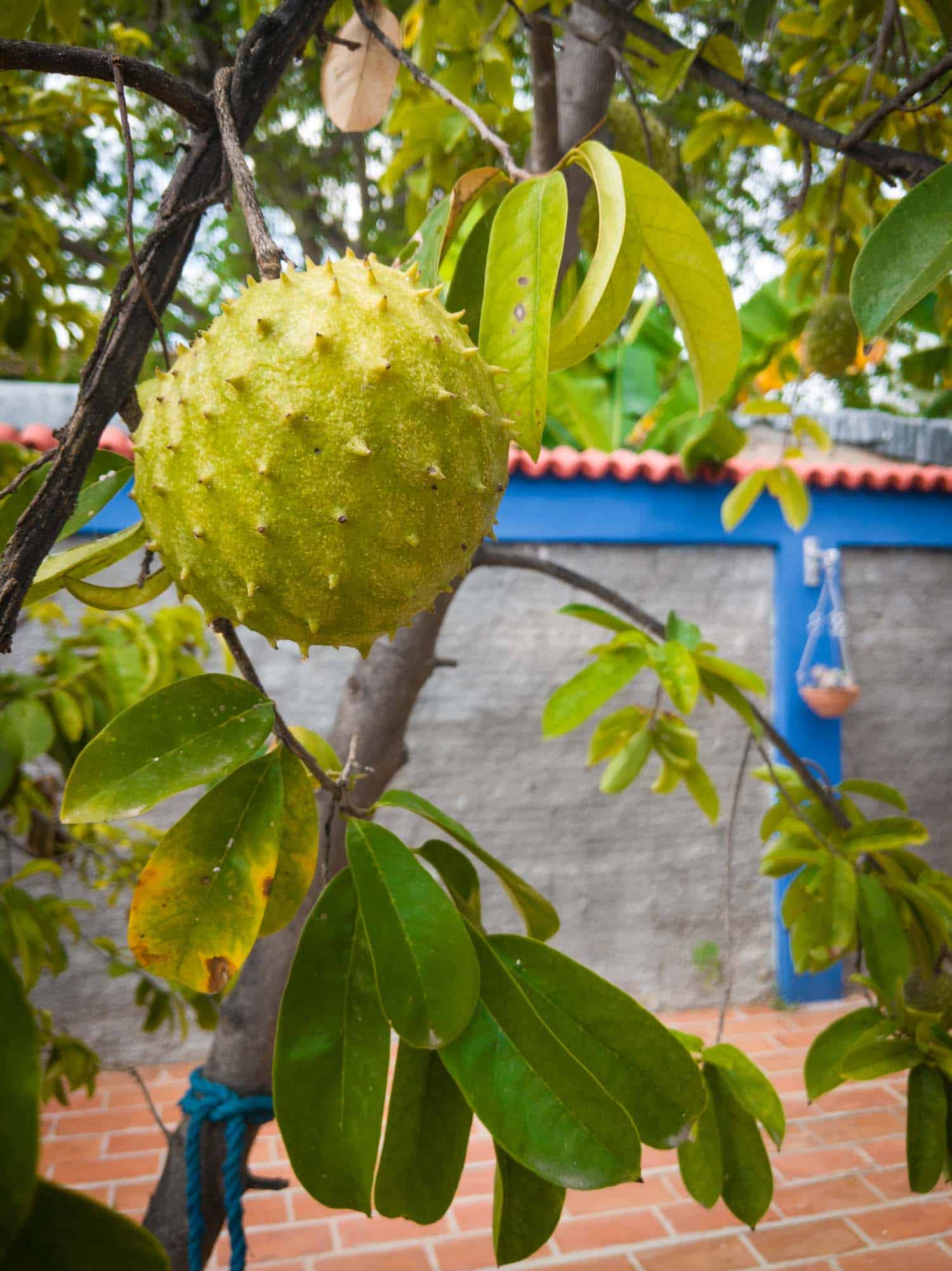
Guanábana
Most commonly called soursop in English and graviola or guyabano in other parts of the world. Soursop doesn’t sound like a great tasting Cuban fruit but I do love it.
It smells like pineapple and tastes like a combination of apple and strawberries – two fruit that don’t grow well in Cuba. Some people also taste kiwi.
When I’m missing these flavours guanábana hits the spot.
Many people think that it’s antioxidant and phytochemical properties will cure illnesses and diseases as serious as cancer.
However, this has never been proven. But really you can’t go wrong with eating tropical fruits.
You can find it all over the country, the photo above was in the courtyard of a restaurant in Trinidad.
This is another fruit that is better as an ingredient than eating it on its own.
It’s usually sold cut into pieces as it’s quite large. You can pull at the fruit, almost like a string cheese if you want to try a taste.
It makes a delicious ice cream and was one of my favourite drinks in Colombia.
Guanábana Season in Cuba
This is another Cuban fruit that grows all year long, although it’s best in July and August and February through June.
Nispero
More commonly called loquats in English, they are found throughout the world by other names:
- Sapodilla
- Japanese plum
- Chinese cherries
- Biwa
- Pipa
- Japanese medlar
- Common medlar
The nispero tree is evergreen and thought to be originally from Asia. You can eat them like a plum or other stone fruit. In some places you may find them turned into a jam.
Nispero Season in Cuba
Late spring, they are best around May-June.
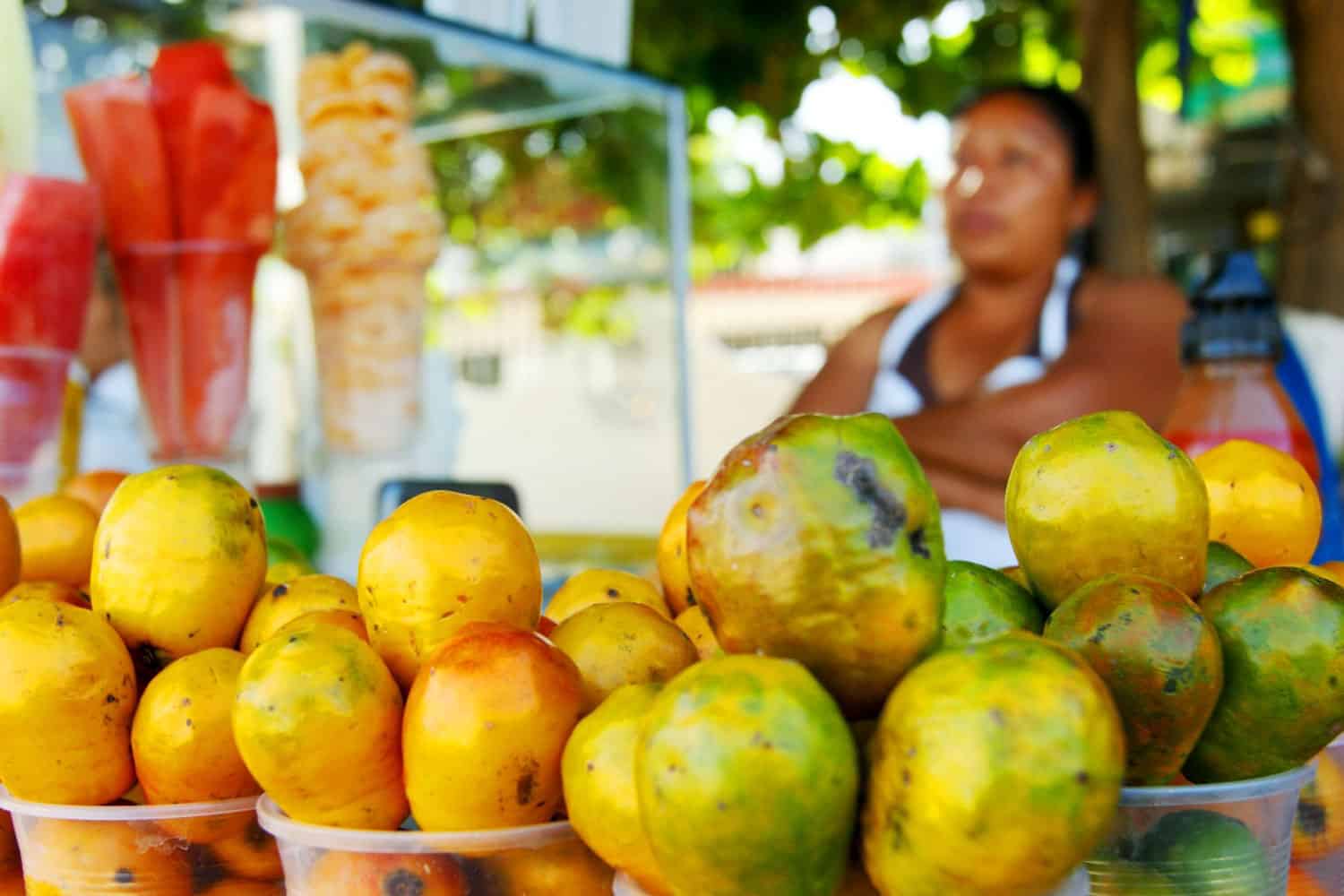
Ciruela
Although ciruela translates to plum, they probably don’t look like any plums you’ve seen before.
In fact, it’s not even part of the plum family at all but instead related to the cashew fruit.
About the size of a kiwi they are also called jocote. They have a citrus like flavour combined with a stone fruit like mango or nectarine.
If you’ve found that you have a bit of indigestion or stomach upset on holiday in Cuba this is a great fruit to try as it’s known to help with digestion.
Vendors often have full carts of them in varying shades of yellow, orange and green depending on how ripe you’d like your Cuban plum.
In Jamaica they are simply known as fine plum and eaten as a street sold snack with salt and/or pepper.
Ciruela Season in Cuba
They are best in May and June.
Tamarindo
A podlike Cuban fruit, tamarind is also one of my favourites for its spicy-like flavour.
You could suck the flesh off the sticky pods but it is most often used as an ingredient. From juices to desserts, it gives a lovely sweet, vanilla, cinnamon like flavour.
If you go to a local spot you may be able to find homemade tamarind sweets where they make it into a jammy ball and toss it in sugar.
Tamarind trees are fantastic for shade. The first time I saw one in Cuba was at the Havana beaches. I thought it was a regular tree until a friend reached up to show me fresh tamarind.
It’s also a common Thai fruit, but instead of juice it’s used in savory stews and fish dishes.
Tamarind Season in Cuba
Late spring and early Summer.
Toronja
This is another Cuban fruit that I am putting on this list as a public service. I actually hate grapefruit. I can’t eat it without a ton of sugar on it and that pretty much defeats the purpose of eating fruit.
However, grapefruit is a common citrus fruit in Cuba and you should have no issue finding it in Varadero restaurants and resorts. Although I’ve never sought it out.
Grapefruit Season in Cuba
August through December. If you’re in a resort they’ll likely import it through the winter.
Cherimoya
Also known as custard apple or annonacear in many other places, it’s more common to find this Cuban fruit outside the city.
Cherimoya is not the same as guanábana. But it is of the same family, originally native to South America and one of the most common Ecuador fruits and traveled with Portuguese merchants to become one of the most popular Cambodia fruits.
It tastes between pineapple and a banana with a touch of strawberry.
Unfortunately most tourists who go to resorts will never see a cherimoya on their buffet table.
I asking servers or resort staff if they know where to get one as they do grow on trees in many people’s backyards. A hotel employee would be happy to bring one for a good tip.
It’s obvious that you cannot eat the cherimoya skin but beware that the seeds are also toxic.
But around the world people think cherimoya is a healing fruit for a number of illnesses including cancer.
Custard Apple Season in Cuba
It is most common in summer, particularly in July and August.
Carambola
This pretty 5-pointed Cuban fruit is naturally known as starfruit in English. Although it’s from South Asia it’s more common to find out in the Caribbean.
This is another fruit that is fantastic but better as an ingredient. The exterior skin is waxy and it’s a bit tart and sour.
And so it’s usually made into a starfruit juice and has tons of sugar to combat the tartness.
However, despite all the sugar carambola is said to be anti-inflammatory and helps with weight loss – maybe ask them to go light on the sugar.
Starfruit Season in Cuba
Late winter through Spring, although it’s possible sporadically all year long.
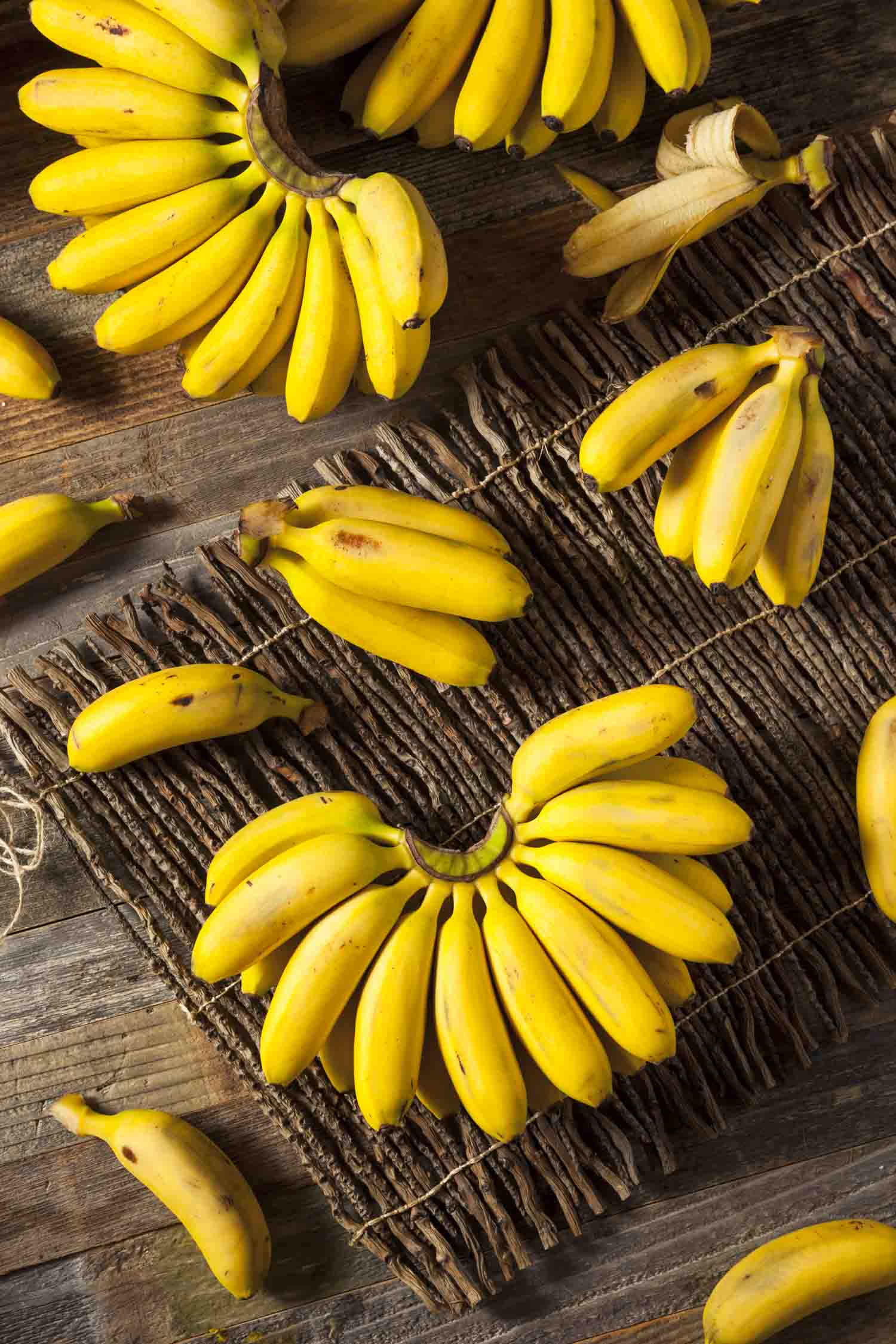
Baby Bananas
Platano manzano is common throughout Central America and Central America. They translate to apple banana. Some say because of their short plump appearance but I think that might be a stretch.
It’s about half the length of a regular banana with a very thin skin. It’s not as starchy as a regular banana and a bit more sweet.
These bananas are in danger through Latin America at the moment because of a fungal disease. So if you can find these baby bananas scoop them up!
Baby Banana Season in Cuba
All year long if you can find them.

Cacao
A very popular Costa Rican fruit, that chocolate we adore once came from a fruit that was dried and roasted.
The actual flesh doesn’t taste anything like chocolate but it is fruity and delicious. It is not easy to find in Cuba as there aren’t a mass of cacao crops.
But if you can find a cacao fruit pay whatever you can to try it!
Cacao Season in Cuba
Cacao pods are not harvested all at once but throughout the year. However, the best bet is October through February.
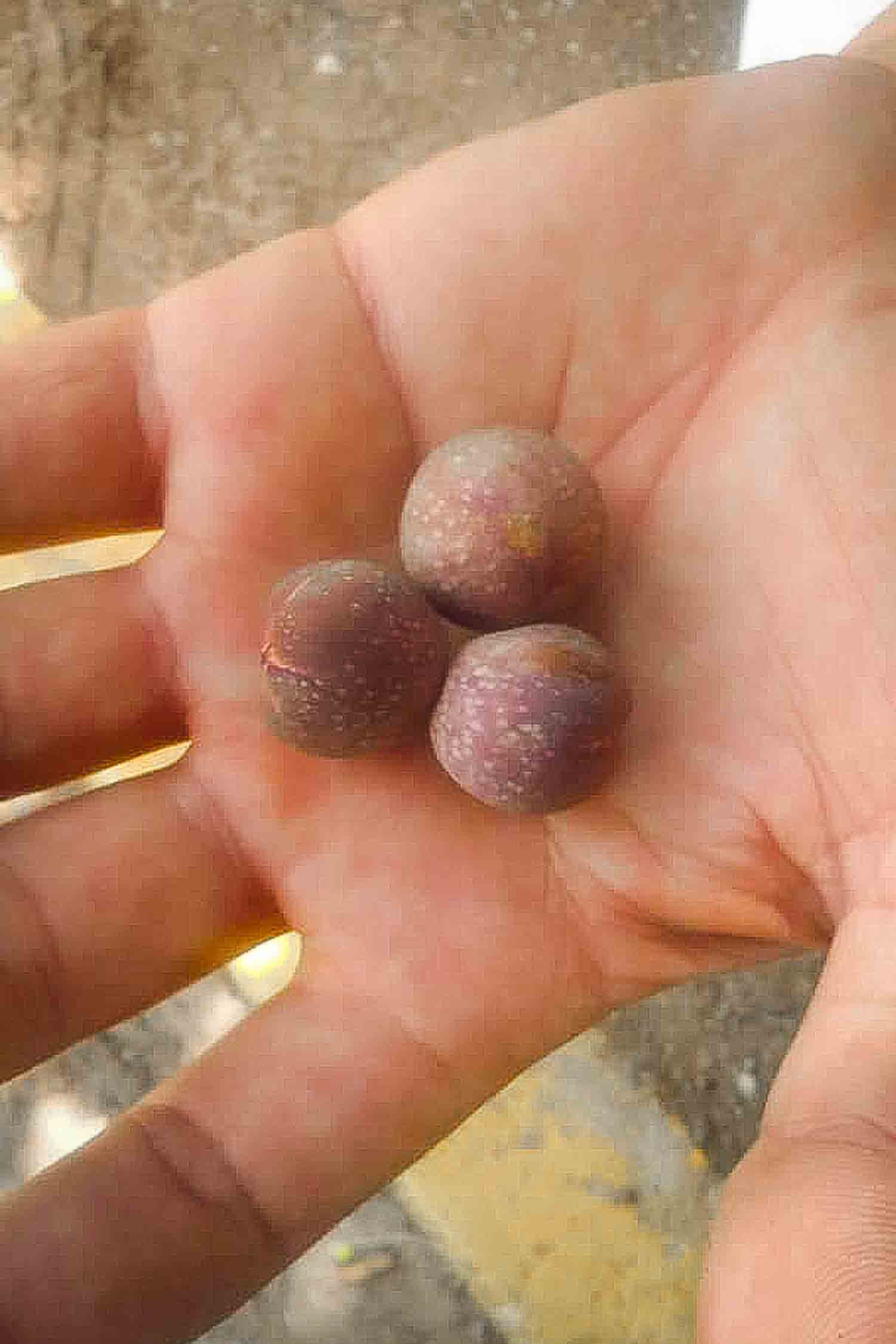
Uva Caleta
The first time I had uva caleta was at the Havana beaches. It was explained as uva, which is grape in Spanish. But it was on a tree, so I was confused.
I had never seen a grape on a tree like this, friends saw my frown and quickly explained this was not the kind of grape to make wine.
And they were right.
In English it is known as sea grape and it’s also a Brazilian fruit. Sometimes called uva de playa or beach grape in English.
It is part of the buckwheat family and is native along Caribbean beaches and coastal areas.
They grow in clusters like grapes but have a huge pit.
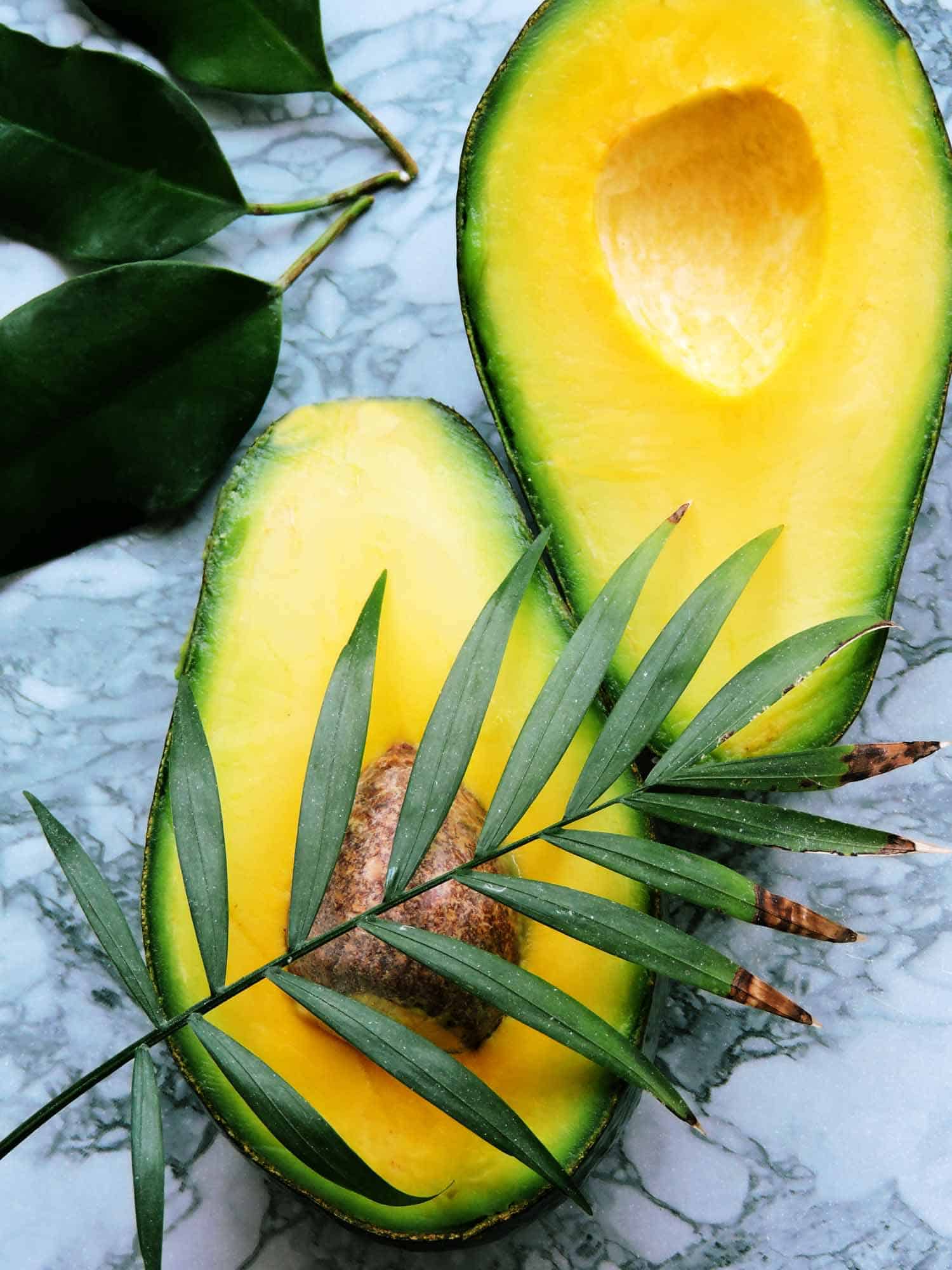
Aguacate
Cuba may just have the best avocados in the whole world.
I know it’s a daring statement but in Canada and the United States we’re littered with Hass avocados that are so tiny and expensive. But in Cuba they have different kinds of avocado. They have a smooth, lighter green skin.
Some are fruity. Others are buttery smooth. Some are the size of your head!
It can be difficult to get all the variety vegetables I want in Cuba. Buy the avocados make up for it. All I need is avocado, bread rolls from the panaderia and this grey Celtic Sea salt I travel with and I’m in heaven.
Avocado Season in Cuba
The best time is summer, July through September. At this time they are fruity and creamy. Although different varieties are available most of the year,
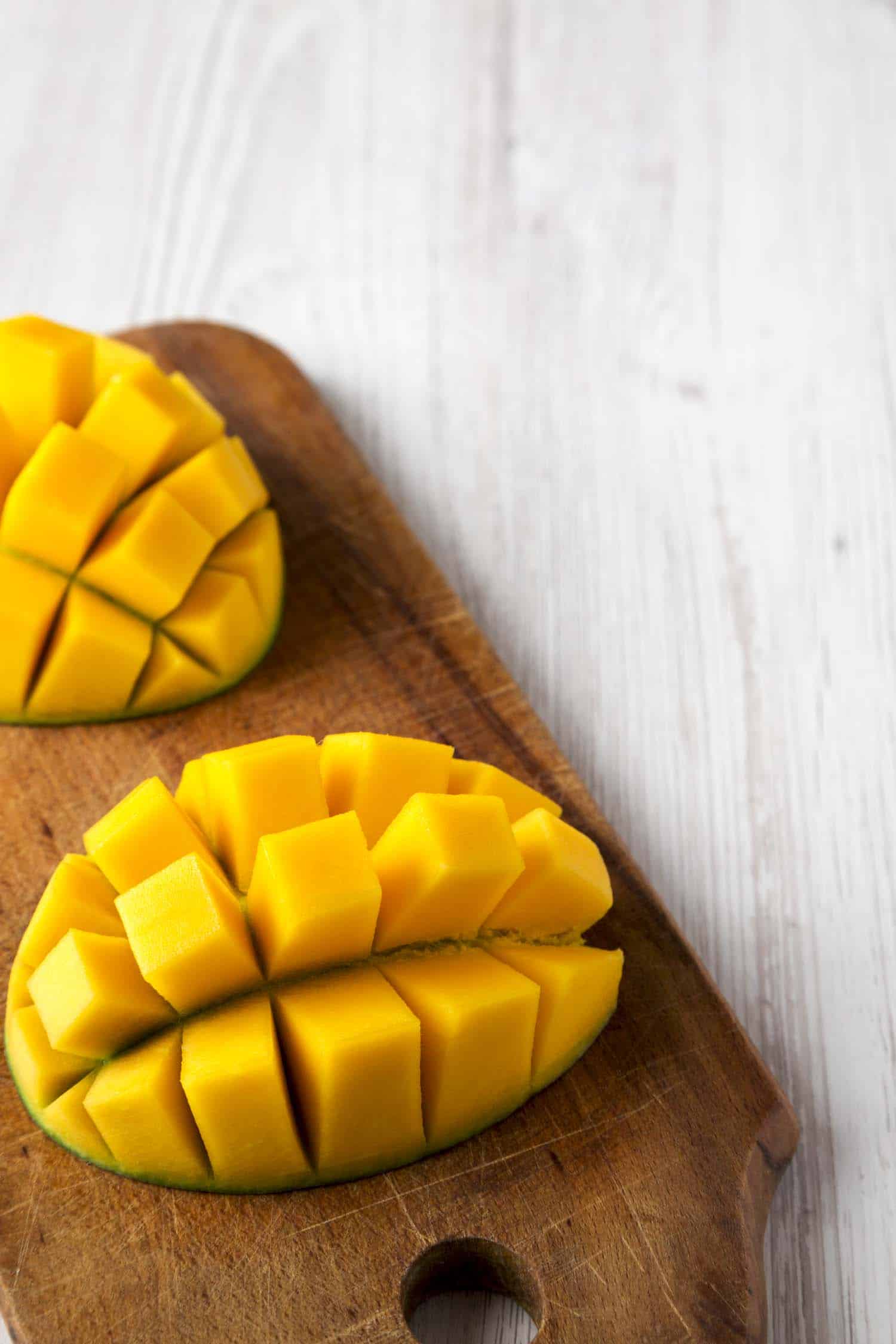
Mango
The first time I ate a mango it was 1999 and I just moved to the Philippines. I tried the yellow carabao mango and then basically ate my weight in mangos because I couldn’t get enough.
Mangos are not native to Cuba, but were one of the most popular Jamaican fruits brought by immigrants. And yet they thrive here.
Cuba also has incredible mangos and not just one variety:
- Mango manzano: It’s round like an apple (hence the name manzano)
- Yellow ataúlfo mango: the small yellow one. I also know it from the Philippines
- Mango reina: the queen mango, it is most common at fruit stands
- Seniora mango: like a large melon. When someone drops a ripe one off at my apartment I know I’ll be eating mango at every meal for 2-3 days.
- Mango compota
- Mango Biscochuelo: from Santiago de Cuba – rarely in Havana. It’s often used in batidos to fruit shakes.
I’ve also heard there is a white mango and a few other varieties I have never seen. Just more reason to travel around Cuba.
Mango Season in Cuba
May to September. This is just another reason why I wrote Summer is the Best Time to Visit Cuba.
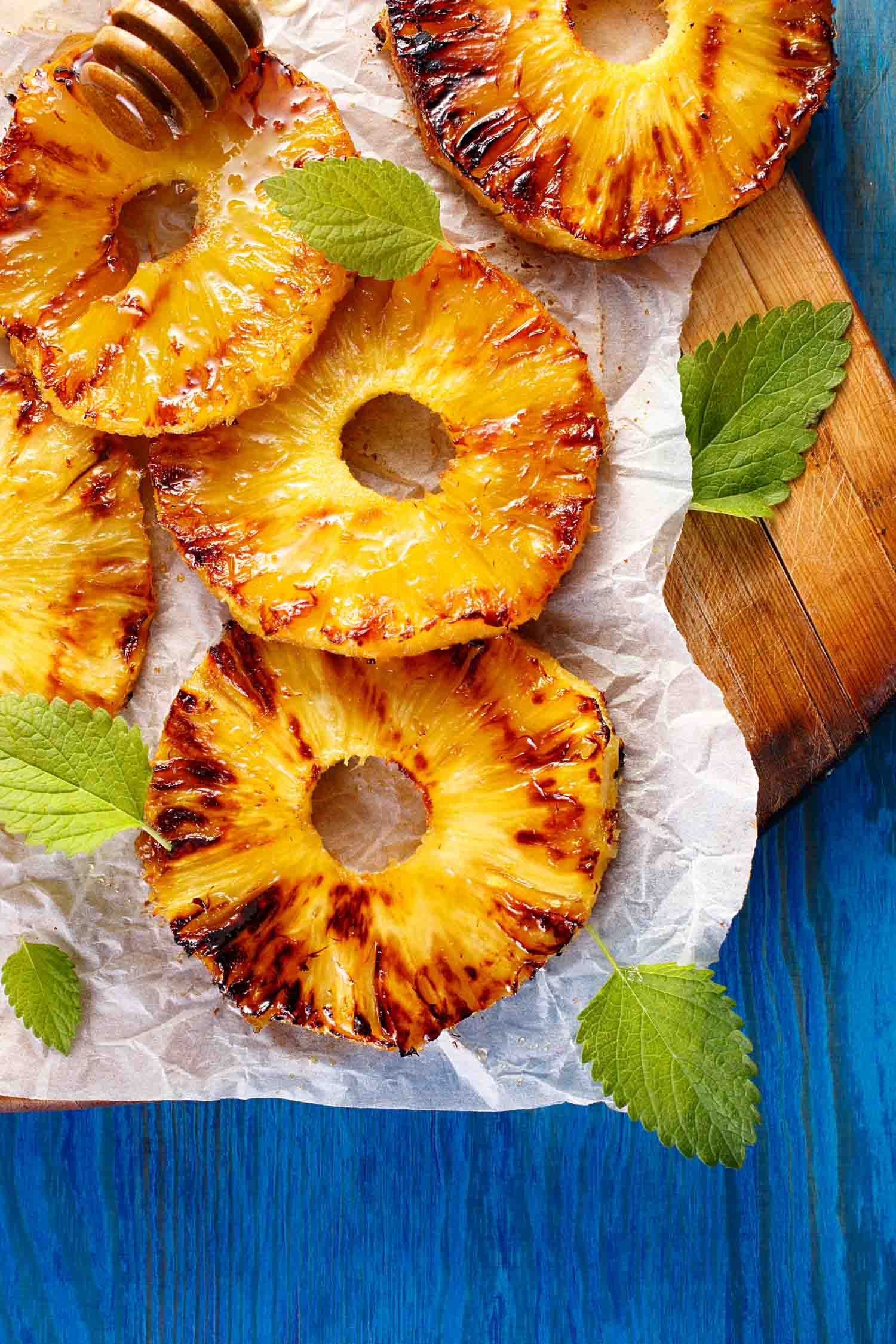
Pineapple
Not an unusual fruit, you can find pineapples all over the world and I think they are one of the best Vietnam fruits.
But also pineapples are pretty much everywhere in Cuba. However, in the city they are not great.
Much of the pineapple in the Ciego de Avila and other provinces is exported or sent to resorts and hotels.
The ones that make it to Havana are smaller and not always the sweetest.
But they do use them in a Camagüey pork dish that I really like at Paladar Don Omar.
I asked the server why it’s named after the city of Camagüey in Cuba. She responded that they really like pineapple on pork in Camagüey.
I’ll take it!
Pineapple Season in Cuba
Although they grow all year round I find they are better in dry season – November through May.
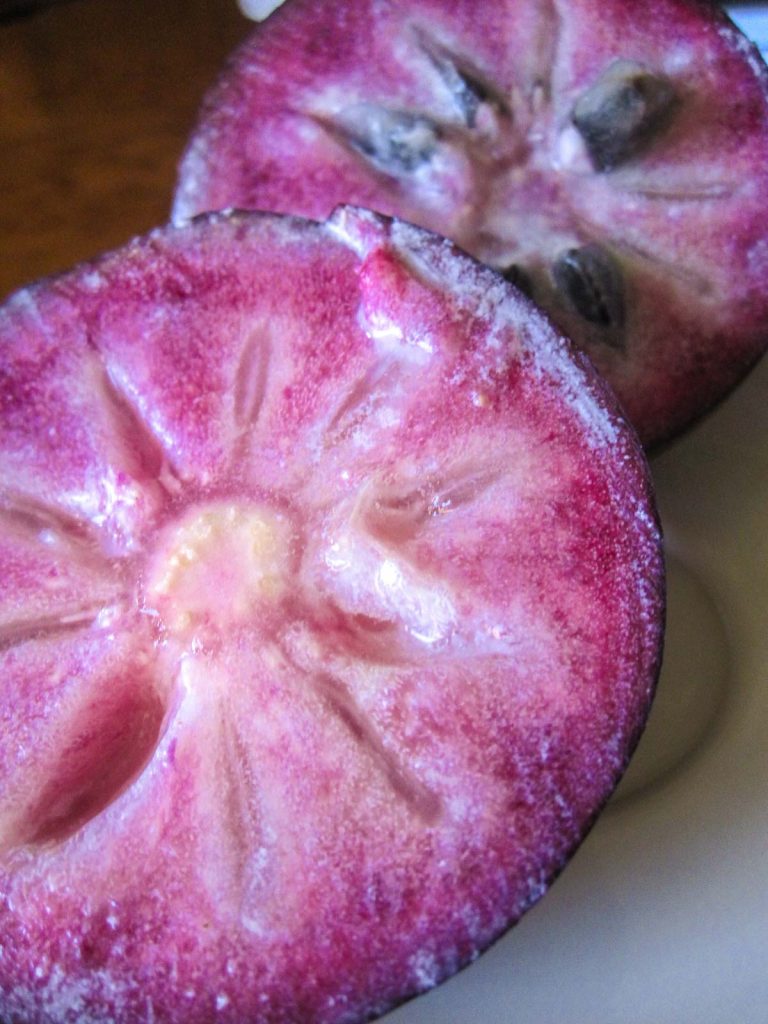
Caimito
More commonly known as star apple in English. Caimito is a tough fruit in Cuba to find at times.
And this is because Cubans don’t widely eat some fruit. So you may find a fruit tree with fruits just falling to the ground because they don’t have a culture of eating them.
This is crazy to me, but that’s just another Cuba quirk.
But I asked around and you can buy caimito in Havana at the market at 19 y 42.
As they aren’t common be prepared to pay over 1 CUC for one.
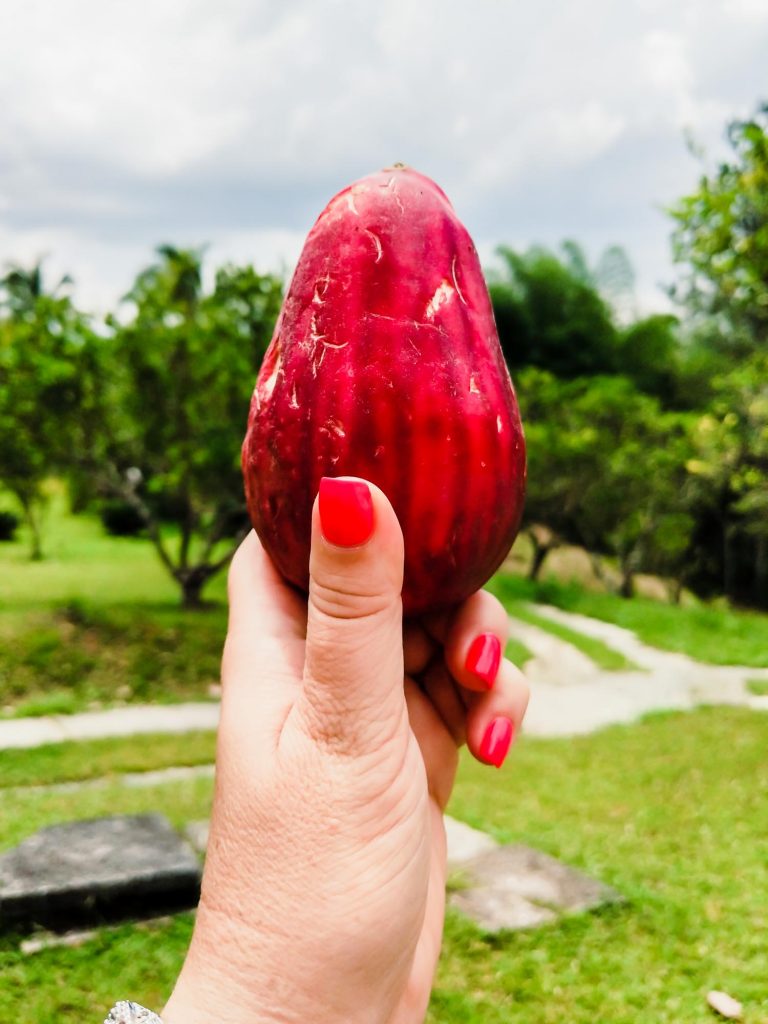
Manzana Pera
Although translates to apple pear in English, it is more often referred to as a mountain apple in places like Hawaii and in Jamaica it is also known as the Otaheiti apple.
Sadly it’s also a Cuban fruit that isn’t commonly eaten so you’ll find the fruit rotting on the ground by the tree. Many Cubans see it as a “starvation fruit” and won’t eat it unless they absolutely have to.
But if you’re visiting Trinidad, and especially Topes de Collantes there’s a good chance you’ll find them.
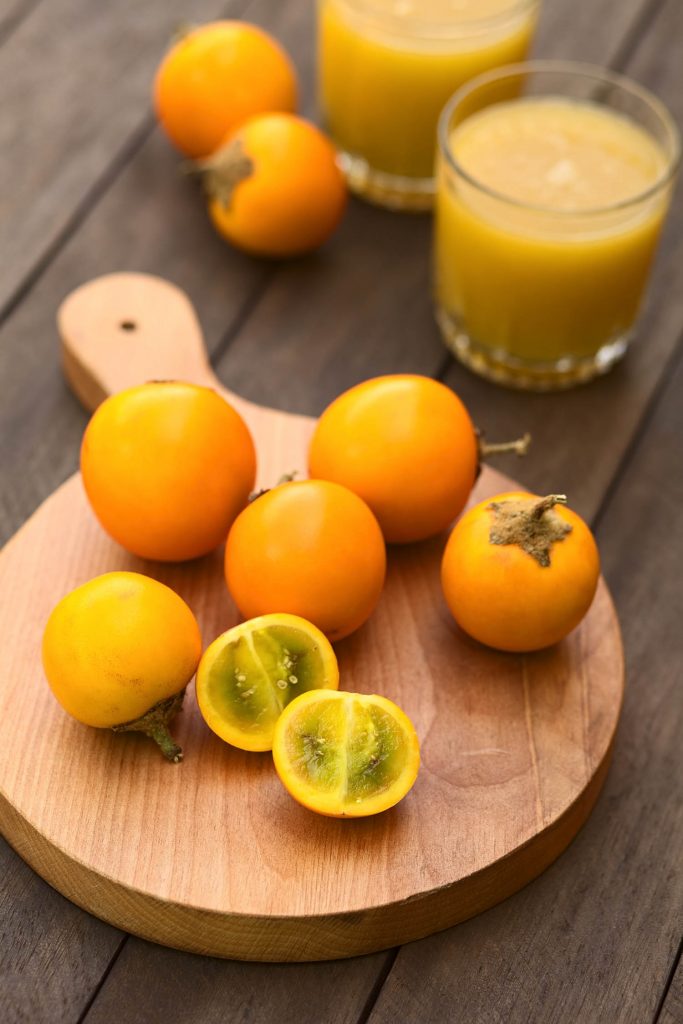
Maracuya
Passionfruit can be found throughout Latin America and is great in everything from juice to ice cream to a pineapple daiquiri.
In some regions of Cuba, such as Vinales or Baracoa, maracuya is called albaricoque or albaricoqui.
This is unusual as albaricoque translates to apricot – which is not exist in Cuba.
Coconuts
Despite having lots of coconut trees, Cuba doesn’t have much of a coconut culture in Havana. Certainly not like other countries, one of the most popular Costa Rican drinks is called coco loco or crazy coconut.
Although I suspect that would change as you go farther east and have more Afro-Cuban cuisine. I really want to visit more of eastern Cuba soon.
Until then, I mostly drink green coconuts at the beach…with a bit of rum, which is also one of my favourite drinks in Jamaica.
What Cuban fruit have I missed that I should try? Let me know in the comments below!
Pin it For Later: Cuban Fruits
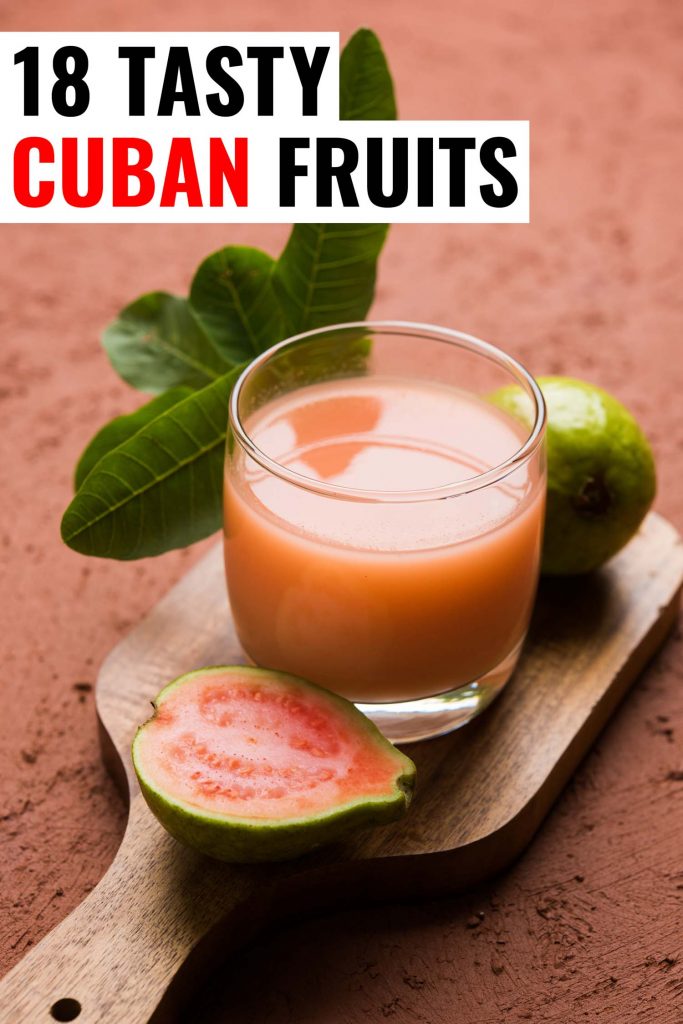

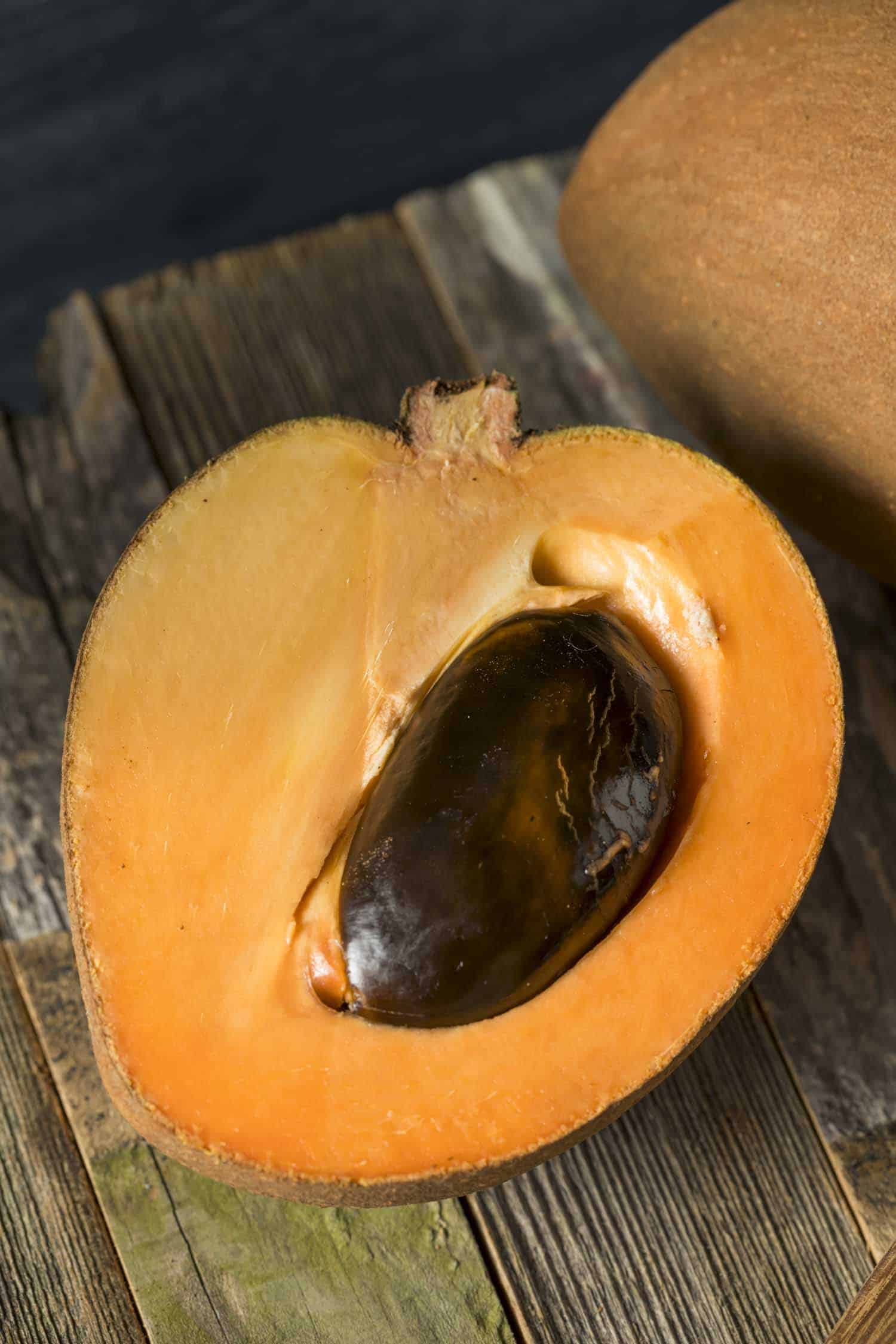
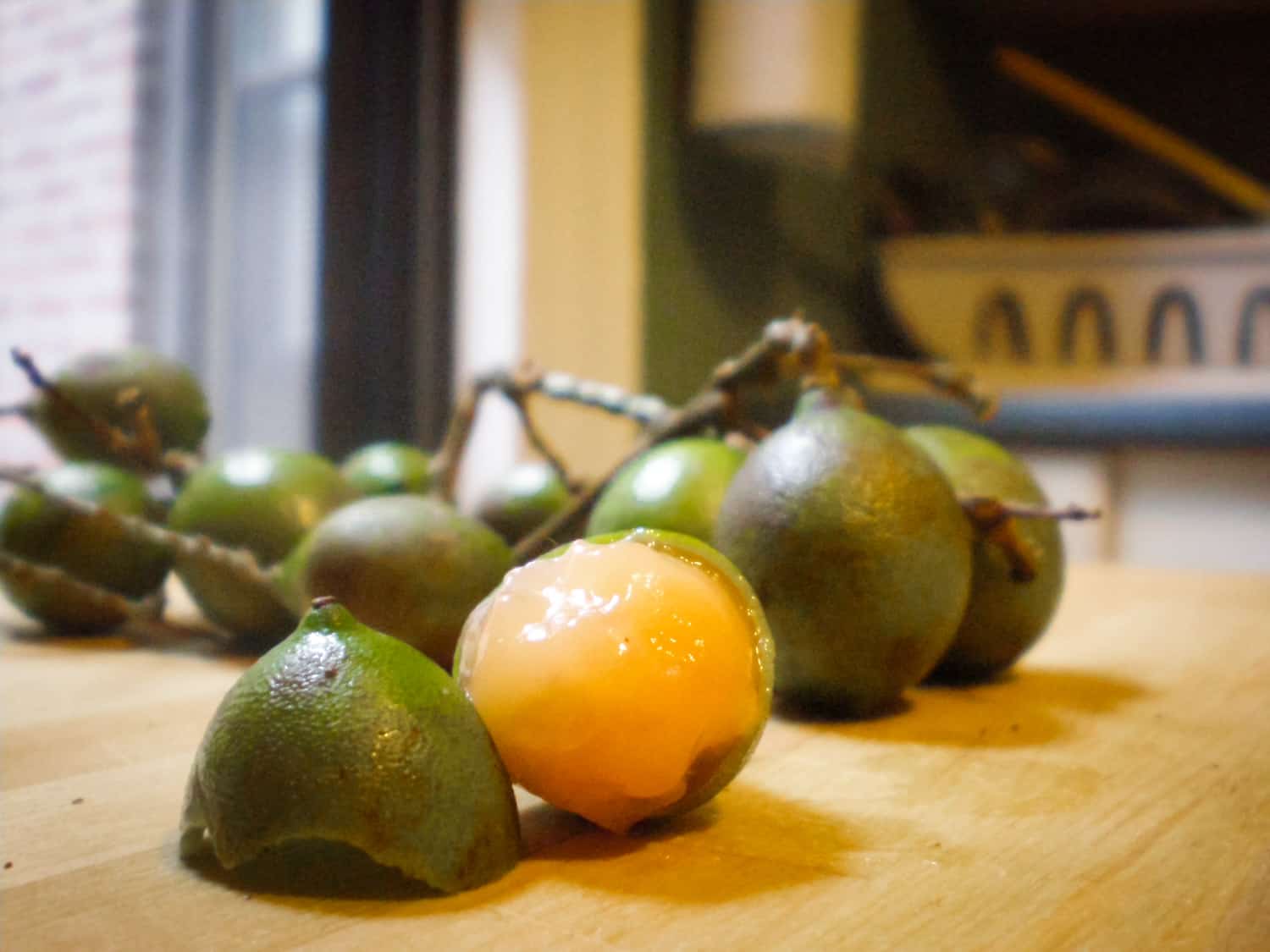


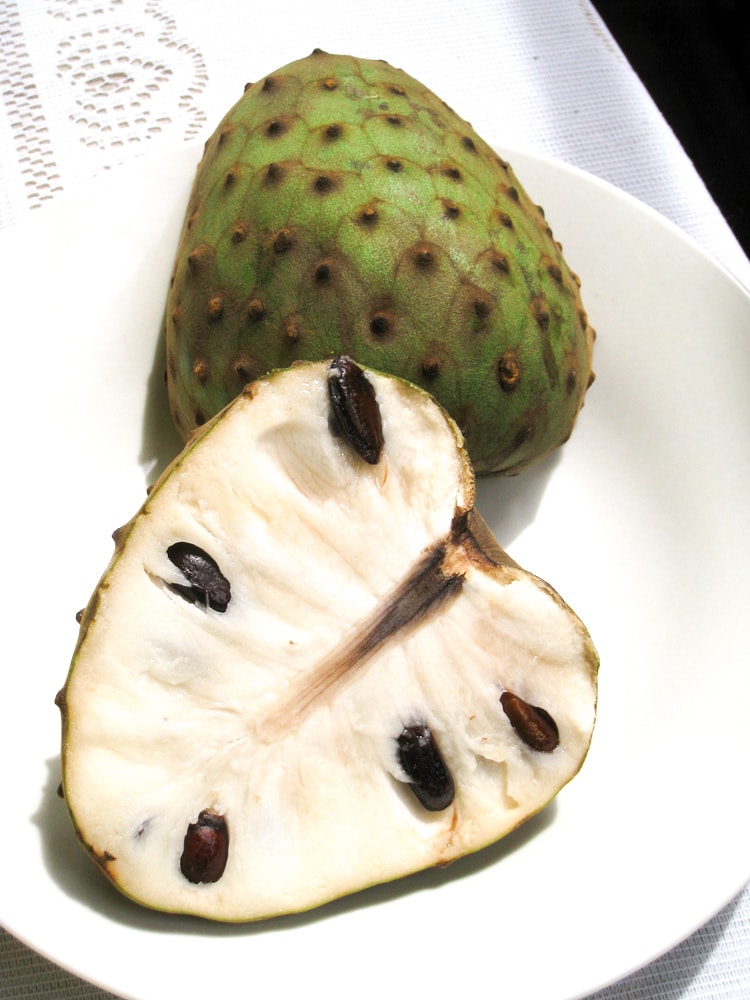

When I was in Cuba I probably didn’t try even half of those fruits. But in my life, I probably tried all of them, while they don’t originate from Cuba mostly
Manzana Pera, in Jamaica it is called Plum or Apple which is short for Otaheiti Apple. Ciruela in Jamaica would be Fine Plum and eaten as a street sold snack with salt and/or pepper.
Thank you so much for commenting! I just revised the post to add this to it.